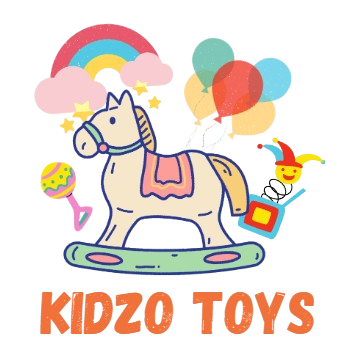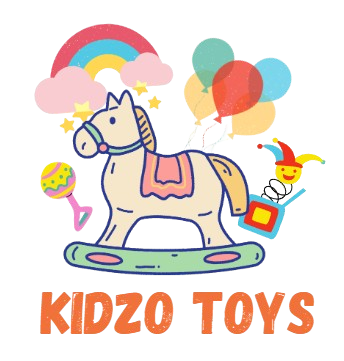Blog
Does The Toy Promote Problem-Solving Or Critical Thinking Skills?
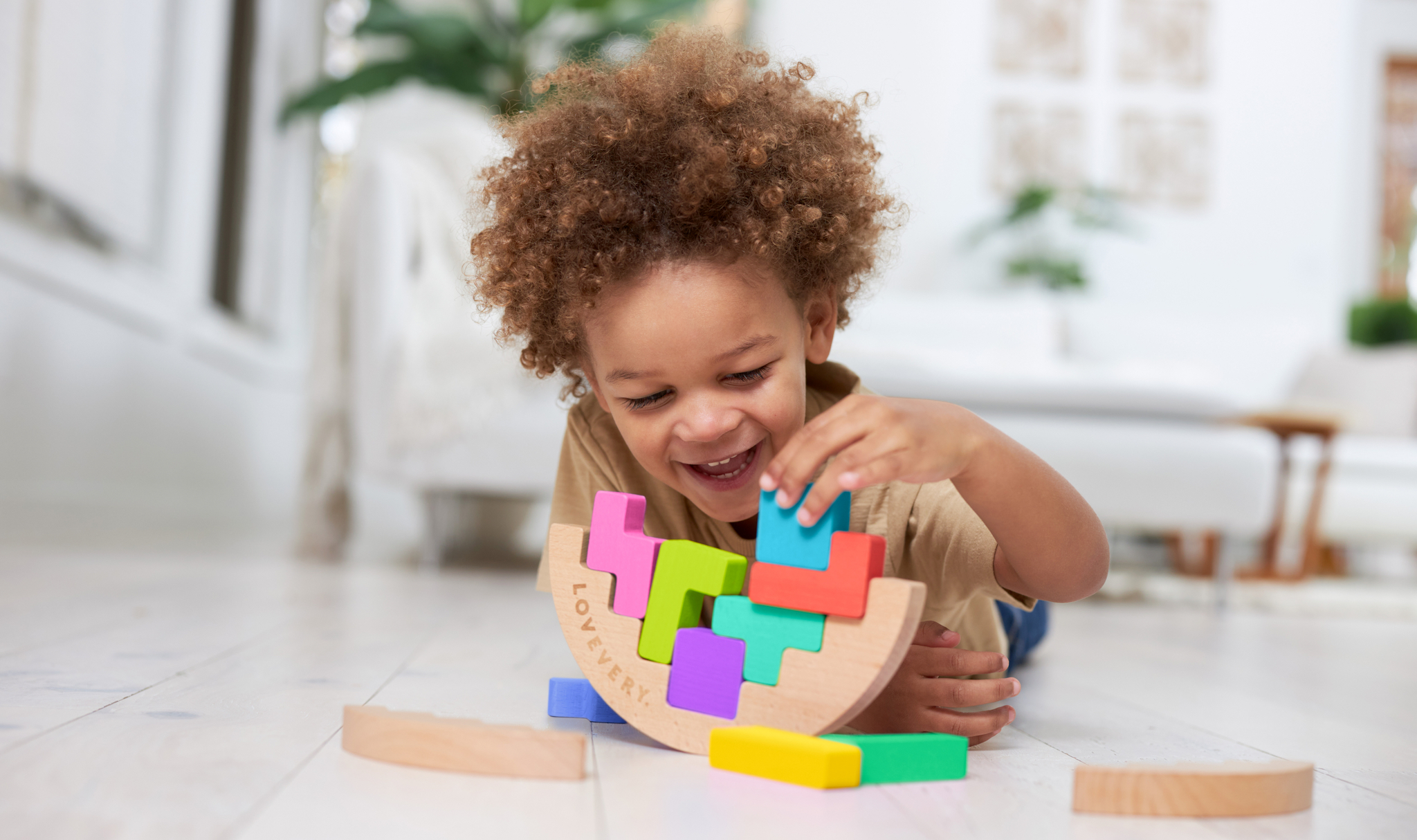
Introduction
In a world where information is abundant and change is constant, problem-solving and critical thinking have become indispensable life skills. These skills aren’t just important in school—they are fundamental to everyday decisions, relationships, and future careers. One of the earliest ways children can begin to cultivate these cognitive abilities is through play. Toys that promote problem-solving or critical thinking help kids develop the mental flexibility and reasoning they need to tackle real-world challenges. As parents, educators, or caregivers, evaluating a toy’s potential to nurture these skills should be a top priority when selecting playthings. The right toys can stimulate curiosity, foster independence, and lay the foundation for lifelong intellectual growth. Please visit this.
Understanding Problem-Solving And Critical Thinking In Childhood Development
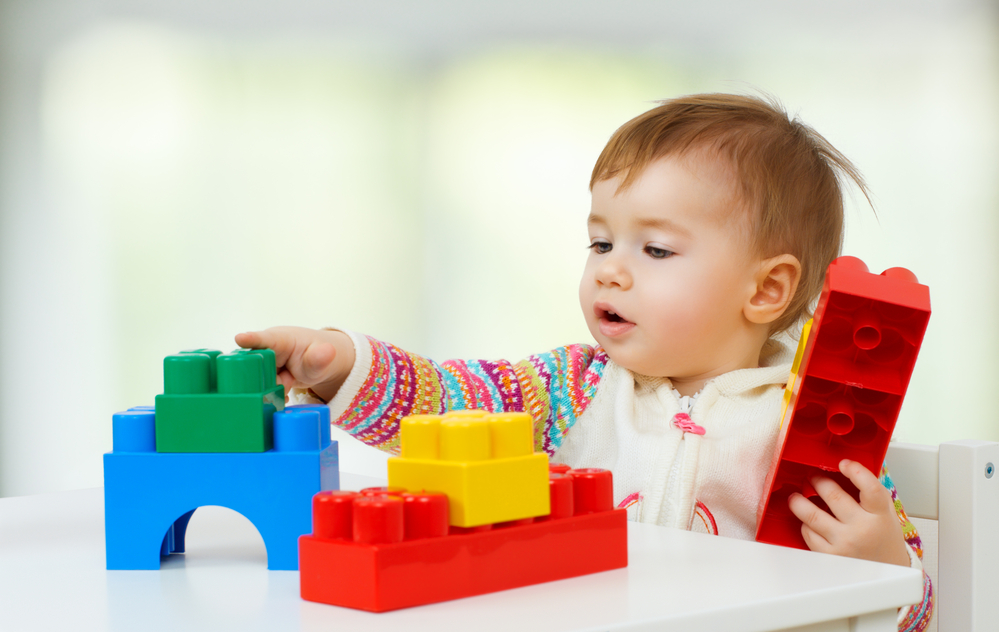
Problem-solving is the ability to identify a challenge, explore possible solutions, and implement an effective response. Critical thinking builds on this by incorporating logic, reasoning, decision-making, and evaluation. Both are crucial to a child’s cognitive development and success in all areas of life. During play, children naturally encounter small problems—how to balance blocks, complete a puzzle, or operate a new gadget. These challenges may seem simple, but they prompt the child to think, experiment, and learn from trial and error. Toys that pose age-appropriate challenges gently push children to engage these mental muscles, reinforcing pathways in the brain that support reasoning, memory, and innovation.
Why Toy Design Matters In Cognitive Development?
Not all toys are created equal. While some are purely for entertainment, others are designed with a child’s development in mind. Toys that promote problem-solving and critical thinking often include puzzles, construction sets, logic-based games, and open-ended kits that allow for experimentation. The design elements of these toys—such as variability, multiple outcomes, cause-and-effect features, and progressive difficulty—play a pivotal role in how much they challenge and engage a child’s mind. A good educational toy doesn’t offer immediate answers. Instead, it encourages the child to ask questions, explore possibilities, and find solutions. A well-designed toy nurtures persistence and teaches children that failure is part of learning, not something to avoid.
The Role Of Puzzles In Enhancing Logical Reasoning
Puzzles are perhaps the most straightforward examples of toys that develop problem-solving abilities. Whether it’s a simple shape sorter for toddlers or a complex 1000-piece jigsaw puzzle for older children, puzzles require the use of logic, spatial awareness, and critical evaluation. Children must analyze shapes, colors, and patterns, try out possibilities, and work toward a solution. The satisfaction of placing the final piece in a puzzle reinforces perseverance and builds confidence. Moreover, puzzles that grow in complexity over time provide a continuous mental challenge, ensuring that children stay engaged and motivated to improve. They also teach patience and focus, two qualities essential for academic and personal success.
Building Toys: Constructing More Than Just Structures
Building toys like blocks, LEGO sets, and magnetic tiles serve as powerful tools for developing both creative and critical thinking skills. Children begin by experimenting with balance, symmetry, and spatial arrangement. As they become more advanced, they plan ahead, consider structural stability, and work with complex configurations. This type of play mirrors the engineering process—ideation, prototyping, testing, and refining. It invites children to think in three dimensions and learn the fundamentals of architecture and physics without formal instruction. These toys are especially effective because they are open-ended, allowing for endless reinvention and encouraging children to solve new problems each time they build.
Stem And Steam Toys: Integrating Thinking With Innovation
With the growing emphasis on science, technology, engineering, arts, and math (STEAM), toys that incorporate these themes are becoming increasingly popular. These toys are specifically designed to engage children in experiments, coding, robotics, and scientific discovery. For example, kits that allow kids to build circuits, program robots, or simulate chemical reactions foster logical reasoning and problem-solving skills through interactive play. These toys not only promote technical literacy but also enhance decision-making and analytical thinking. By navigating these challenges, children begin to understand systems thinking and develop the ability to break down complex problems into manageable steps—key components of critical thinking.
Games That Teach Strategy And Forward Planning
Board games and card games are another excellent category of toys that promote problem-solving and critical thinking. Games like chess, checkers, and strategic card games require players to anticipate outcomes, plan multiple moves ahead, and adapt strategies based on their opponent’s actions. These activities sharpen decision-making skills and improve a child’s ability to assess risk and reward. Even simpler games for younger children, such as memory matching or turn-based dice games, require attention, pattern recognition, and flexible thinking. These cognitive exercises translate into academic performance by boosting concentration, improving recall, and teaching patience.
Cause-And-Effect Toys For Toddlers And Preschoolers

Even the youngest children can benefit from toys that promote thinking and reasoning. Cause-and-effect toys—such as pop-up toys, stacking rings, and simple musical instruments—teach infants and toddlers the basic concept that actions have results. When a child presses a button and hears a sound, or stacks blocks and watches them fall, they begin to build a rudimentary understanding of how the world works. These early experiences are the foundation for later problem-solving skills. As toddlers begin to explore and manipulate their environment, toys that encourage inquiry, prediction, and experimentation help accelerate their cognitive development.
Digital And Tech-Based Toys: Balancing Innovation And Engagement
While traditional toys still play a vital role, digital toys and apps have entered the scene with a host of problem-solving features. Educational apps, interactive storybooks, and coding games introduce critical thinking in an engaging digital format. These platforms often incorporate adaptive difficulty, real-time feedback, and progressive challenges that keep children motivated and mentally active. However, the key is balance. While tech toys can be beneficial, they should not replace hands-on experiences. The best approach is to combine physical and digital toys to provide a well-rounded play experience that encourages both tactile learning and digital literacy.
Open-Ended Toys That Encourage Exploration
Open-ended toys—such as modeling clay, art supplies, building materials, and pretend play sets—may not seem like problem-solving tools at first glance, but they are rich in opportunity. These toys allow children to explore ideas, test boundaries, and create solutions without predefined outcomes. For instance, a child playing with playdough might attempt to recreate a model from memory, figuring out proportions and stability as they go. Pretend play also sparks critical thinking as children assign roles, create scenarios, and resolve imaginary conflicts. Open-ended play supports divergent thinking, a key aspect of problem-solving that helps children generate multiple solutions to a single problem.
Parental Involvement And Guided Play
While self-directed play is crucial for developing independence, parental involvement can enhance the learning experience. Guided play, where parents or caregivers introduce a challenge or goal and allow the child to solve it with subtle support, helps strengthen reasoning skills. Asking open-ended questions like “What do you think will happen if…?” or “How could we make this work differently?” prompts children to think deeper. This method doesn’t provide answers but facilitates the child’s own exploration. When parents engage in this kind of play, they model thinking processes and demonstrate how to tackle problems logically and calmly.
Adapting Toys For Developmental Stages
Not every toy fits every child at every stage. A toy that promotes problem-solving for a toddler will look very different from one designed for a ten-year-old. As children grow, their cognitive abilities mature, and toys must evolve accordingly. For young children, simple cause-and-effect or sorting toys are ideal. As they age, construction sets, brain teasers, and science kits become more appropriate. Understanding your child’s developmental level ensures the toy provides just enough challenge to be engaging without being frustrating. Age-appropriate toys support the Zone of Proximal Development (ZPD), the sweet spot where learning occurs just beyond what a child can do alone, but achievable with effort and support.
Real-Life Applications Of Problem-Solving Through Toys
The skills developed through problem-solving toys have direct applications in real life. A child who regularly plays with building sets may become more adept at fixing things around the house. A young coder may learn patience and attention to detail. A puzzle enthusiast might excel in subjects like math and science due to improved logic and pattern recognition. Beyond academics, children who practice critical thinking tend to approach challenges with confidence, manage frustration better, and display a more resilient mindset. Toys can thus be powerful tools not just for learning but for shaping capable, resourceful individuals.
The Importance Of Challenge And Failure In Toy-Based Learning
A common mistake in toy selection is avoiding toys that might cause temporary frustration. However, challenges and even small failures are essential for developing perseverance and adaptive thinking. Toys that are too easy fail to engage the brain. Conversely, toys that offer achievable yet stimulating challenges help children learn that problem-solving involves trying, failing, rethinking, and ultimately succeeding. These experiences build emotional resilience and a growth mindset. Encouraging children to stick with a task, even when it’s hard, is one of the greatest gifts that the right toy can offer.
How To Choose The Right Toy For Critical Thinking Development?
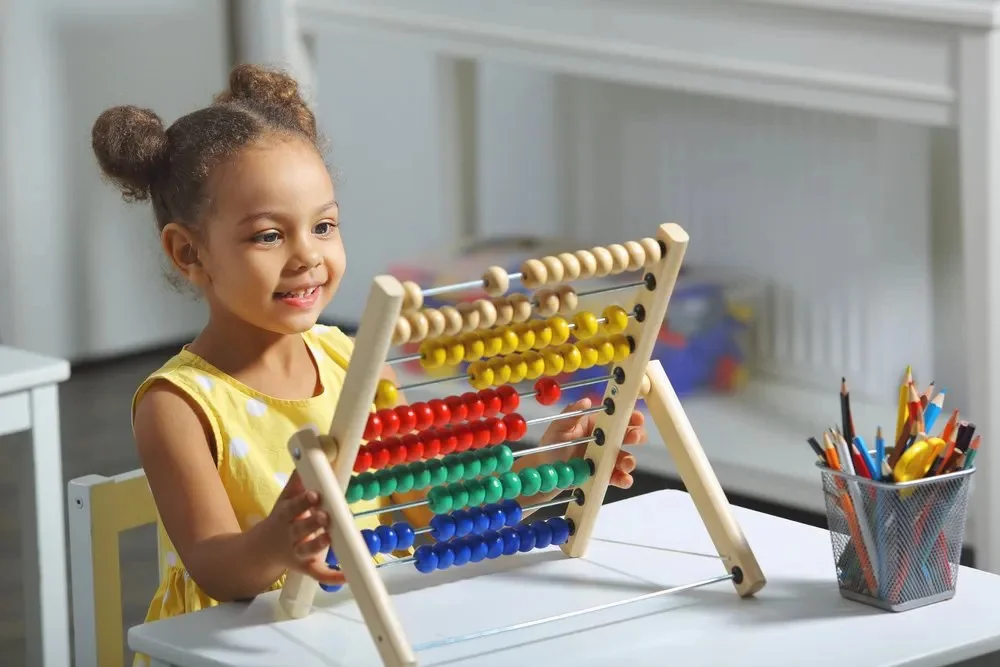
Selecting toys that genuinely support problem-solving requires thoughtful consideration. Look for toys that offer variety, progressive difficulty, and open-ended play. Check for age-appropriateness and ensure the toy requires active engagement rather than passive observation. Read reviews and explore how children have interacted with the toy in educational or developmental settings. Pay attention to whether the toy encourages planning, reflection, and experimentation. Involve your child in the selection process when possible—interest is a powerful motivator in learning. By choosing wisely, you empower your child to play their way to a smarter, more capable future.
Conclusion
The question “Does the toy promote problem-solving or critical thinking skills?” isn’t just academic—it’s a fundamental concern for raising curious, capable, and resilient children. Toys are more than time-fillers; they are essential tools that shape how children perceive and interact with the world. From puzzles and construction kits to open-ended materials and digital platforms, a thoughtfully chosen toy can unlock a child’s potential and foster a lifelong love of learning. In a rapidly changing world, giving your child the ability to think critically and solve problems creatively may be the most important gift you can offer. So next time you browse the toy aisle, look beyond the colors and sounds—look for the mental challenge hidden inside. That’s where true learning begins.
